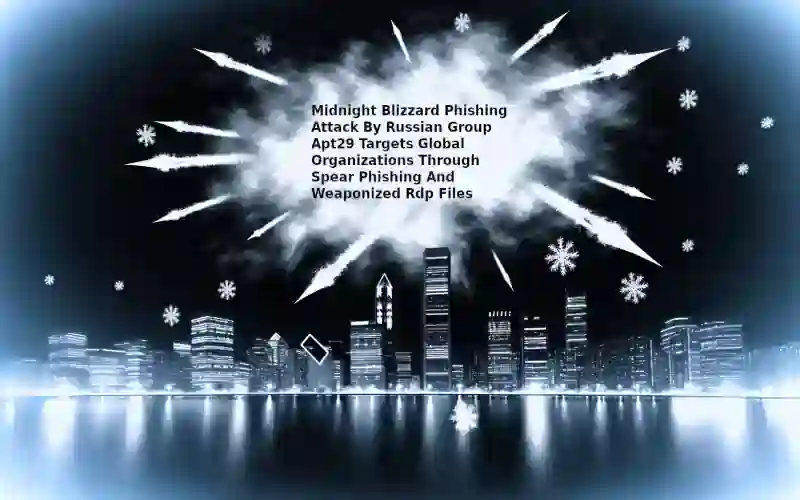
“Unit 42 Exposes New Phishing Frontier: Stealth Attacks via HTTP Header Refresh”
Emerging Threats: How Cybersecurity Researchers at Unit 42 Uncover Sophisticated Phishing Techniques Using HTTP Headers
In the ever-evolving landscape of cybersecurity threats, a new and sophisticated phishing technique has emerged, catching even seasoned experts off guard. Researchers at Unit 42, a division of Palo Alto Networks, have recently uncovered a method that exploits an often-overlooked feature of HTTP response headers: the refresh entry. This discovery marks a significant shift in the tactics used by cybercriminals to deceive their targets.
From May to July 2024, Unit 42 detected around 2,000 malicious URLs each day, all employing this novel technique. Unlike traditional phishing attacks that embed malicious content directly within the HTML body of a webpage, this method manipulates the HTTP response header itself. By inserting a refresh entry into this header, attackers can automatically redirect victims to a malicious webpage without any user interaction—a truly worrying development.
The sophistication of this technique lies in its subtlety and efficiency. The malicious links are typically distributed via email and ingeniously include the targeted user’s email address embedded within the refresh field of the HTTP response header. This personalization lends an air of legitimacy to the phishing attempt, significantly enhancing its effectiveness. The attackers’ ability to dynamically generate content tailored to each victim only adds to the credibility of their deceptive emails.
To further complicate detection, these phishing campaigns cleverly utilize legitimate or compromised domains for both the original and landing URLs. This practice makes it exceedingly difficult to identify any malicious indicators within the URL string itself. Moreover, attackers often employ URL shortening, tracking, and campaign marketing services to obscure their tracks and intentions.
The researchers at Unit 42 have noted that these phishing campaigns predominantly target large corporations in Korea, government agencies, and educational institutions in the U.S., with specific industries being more affected than others. The most targeted sectors include Business and Economy, Financial Services, Government, Health and Medicine, and Computer and Internet. A common tactic observed is the imitation of Microsoft Outlook webmail login pages—a strategic choice given the widespread use of Microsoft’s email services among businesses.
These phishing pages are not only deceptive in appearance but are also pre-filled with the victim’s email address, poised to capture their password upon entry. The implications of such attacks are grave, as they can lead to unauthorized access to sensitive information and potentially devastating breaches.
In response to these alarming developments, Palo Alto Networks has put forth several recommendations to bolster defenses against such sophisticated phishing attacks. Among these are deploying Advanced URL Filtering (AURL) to better identify and analyze suspicious URLs and educating users about the inherent risks of clicking on links in emails, especially those that request login credentials. Additionally, implementing multi-factor authentication is advised to provide an extra layer of security—even if credentials are compromised.
As we stand on the brink of August 2024, it is clear that the cybersecurity community must remain vigilant. The use of refresh entries in HTTP response headers as a vector for phishing attacks is a testament to the creativity and persistence of attackers. This article aims not only to document this emerging threat but also to raise awareness within the cybersecurity community and beyond. As these threats evolve, so too must our strategies for defense. In this digital age, our preparedness and response will determine our safety in the face of such sophisticated cyber threats.














